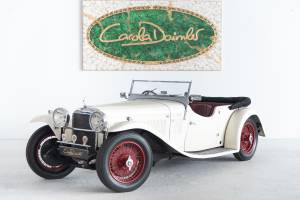Alvis Speed Classic Cars for Sale
The Alvis Speed series represents pre-war British automotive engineering at its most progressive, offering sporty driving dynamics, strong six-cylinder engines, and a plethora of elegant body styles. Renowned for their technical innovation, the Alvis Speed models are prized among enthusiasts seeking both provenance and truly distinctive pre-war motoring.
Search results

1933 | Alvis Speed 20
English initial delivery | Current FIVA Pass | Good Dokumentation | Grade 2+

1933 | Alvis Speed 20
Alvis Speed 20 SB Tourer 1933
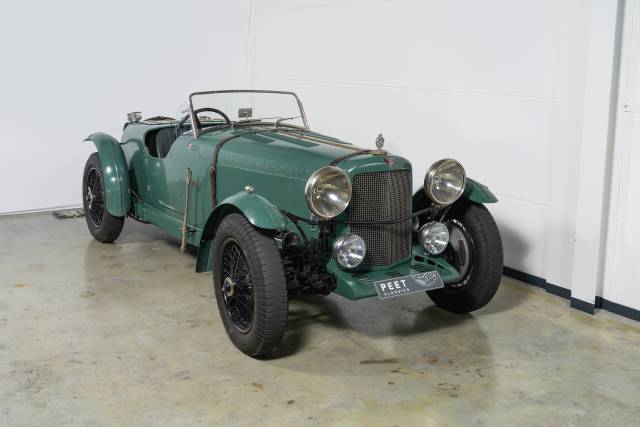
1935 | Alvis Speed 20 Special
Custom build in 2018 matching number parts and chassis
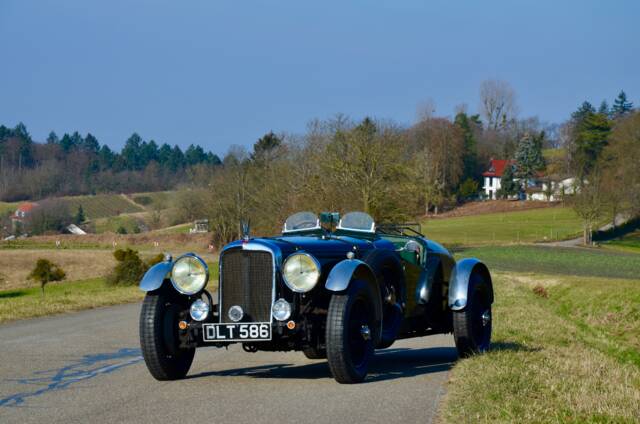
1937 | Alvis Speed 25
3.6 Litre Straight Six. Rare, early Special
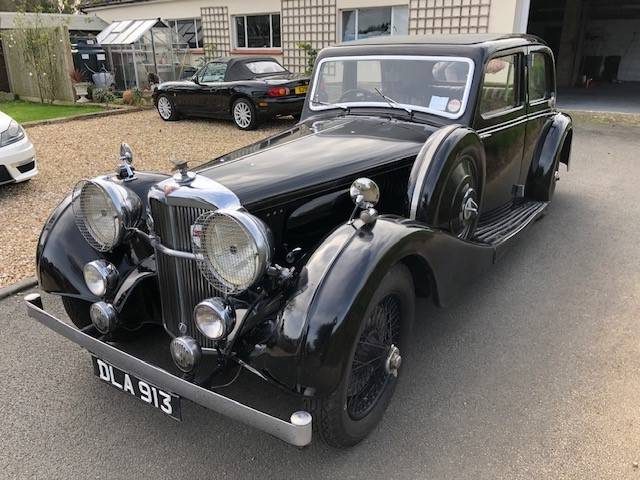
1937 | Alvis Speed 25
Speed 25 Charlesworth Saloon
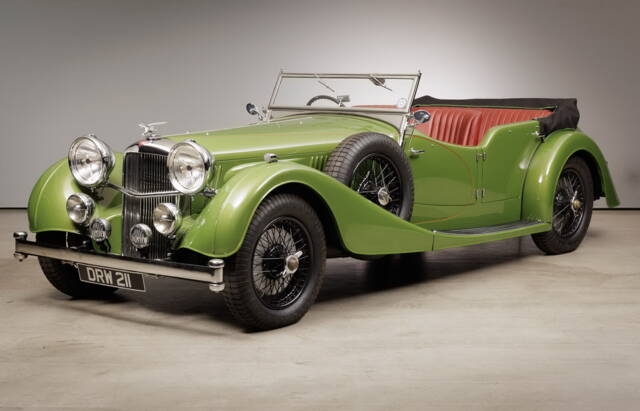
1938 | Alvis Speed 25
Speed 25 Tourer Cross & Ellis Tourer Specification
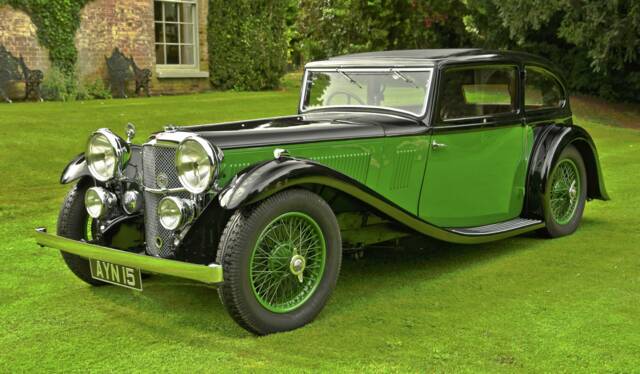
Alvis Speed listing references from Classic Trader
Below you will find listings related to your search that are no longer available on Classic Trader. Use this information to gain insight into availability, value trends, and current pricing for a "Alvis Speed" to make a more informed purchasing decision.
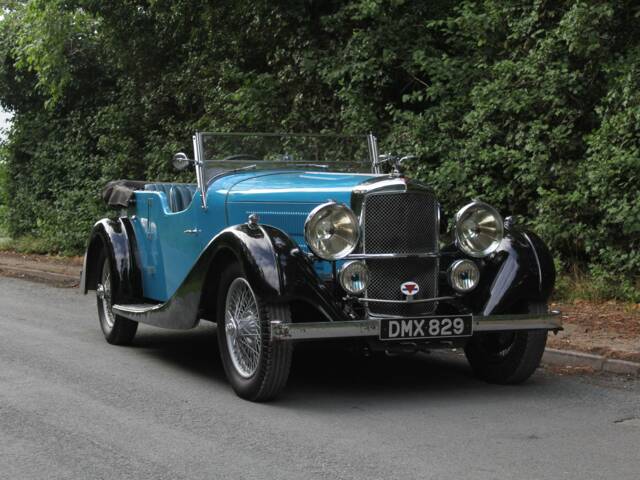
1936 | Alvis Speed 20 Special
1936 Alvis Speed 20 4.3 Litre Vanden Plas Body

1938 | Alvis Speed 25
Alvis Speed 25 Tourer Cross & Ellis Tourer Specification
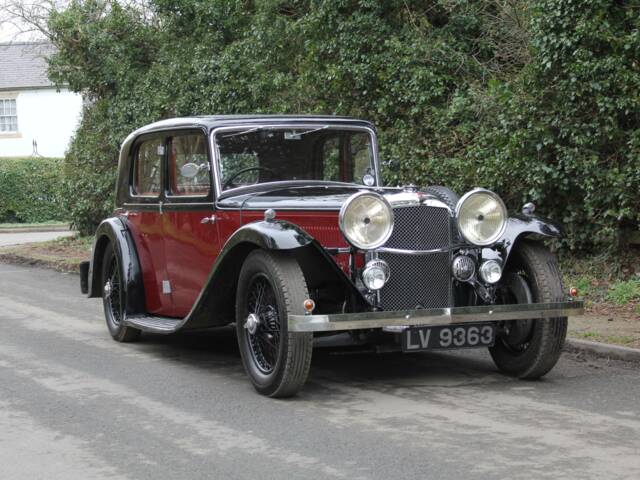
1934 | Alvis Speed 20
1934 Alvis Speed 20 SB Sports Saloon
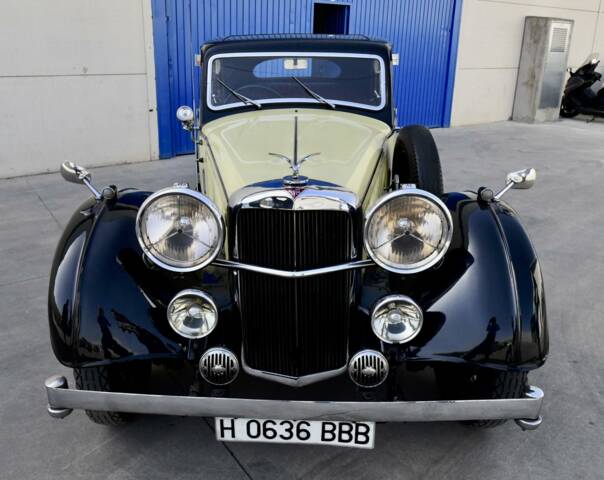
1937 | Alvis Speed 25
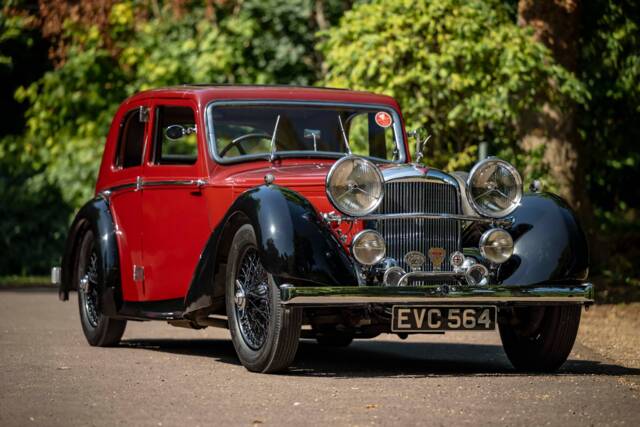
1940 | Alvis Speed 25
Stunning Charlesworth Body - Significant Recent Expenditure
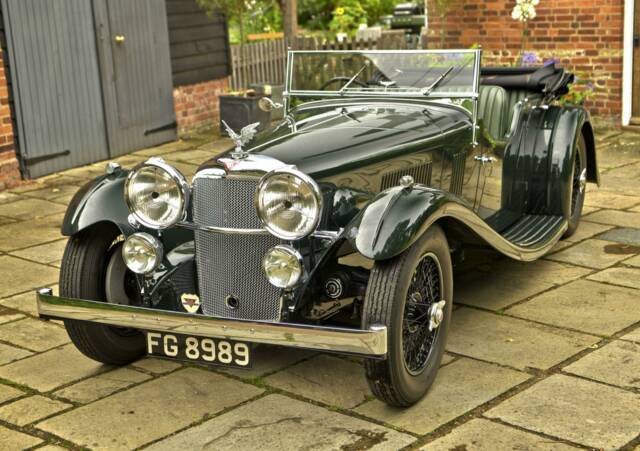
1933 | Alvis Speed 20

1932 | Alvis Speed 20
History of the Alvis Speed Series
The Alvis Speed series marks a milestone in British car manufacturing, with its origins tracing back to 1932 when the Speed 20 SA debuted. Alvis targeted the upper mid-size segment, introducing a car that combined advanced technology with remarkable design flexibility. Through continuous development, the Speed 20 evolved across the SA, SB, SC, and SD generations—each with technical upgrades, increased engine displacement, and distinctive bodywork crafted by renowned coachbuilders such as Charlesworth, Cross & Ellis, and Vanden Plas. In 1936, Alvis introduced the Speed 25, which brought further technical advances and a stronger focus on performance. Production lasted until 1940, during which Alvis firmly established its reputation for craftsmanship and engineering excellence.
Model History
The Alvis Speed 20 began its life in 1932 as the SA, powered by a 2.5-litre straight-six and advanced features for its time. The following SB version grew in size and sophistication, while the 1935 SC increased capacity to 2.8 litres. The final SD, introduced in 1935, was distinguished mainly by an even longer chassis and larger fuel tank. In 1936, the Speed 25 arrived, inheriting the SD’s chassis but boasting a redesigned 3.5-litre straight-six engine, now with seven main bearings for greater reliability and vibration control. A profiled chassis frame appeared from 1938 in the SC model. Over 1,100 units of these pre-war models were built before Alvis ceased production in 1940.
Highlights of the Alvis Speed Series
The series stands out through its engineering quality and variety of factory body styles from leading British coachbuilders. Technical hallmarks include electric cooling fans, electric fuel pumps, wire wheels, servo-assisted brakes, and modern alternators — cutting-edge by 1930s standards. The chassis’ innovative low-frame design offered excellent ride quality for the era. The use of SU carburettors and a robust inline-six engine contributed to both reliability and strong performance, making these cars favourites for historic rally events. Many cars feature thorough restoration documentation and well-documented provenance, often tied to clubs and museums due to their significance.
Technical Data
Special Editions and Collectible Models
Within the Speed series, particular attention goes to coachbuilt bodies such as the Vanden Plas cabriolets or Cross & Ellis tourers, which stand out for their craftsmanship and rarity. The transition from Speed 20 SD to Speed 25, especially the SC models with a profiled chassis and superior mechanical specification, are considered especially collectable due to their technical advancements and limited production numbers.
Weak Spots and Common Issues
No unique weak spots for the Alvis Speed series are specified in the available information. Buyers should always verify comprehensive restoration records and maintenance documentation, as with all pre-war vehicles, to ensure operational reliability. Attention to chassis integrity, brake system condition, and originality of key mechanical components is advised.
Engine, Performance, Transmission and Handling
The Alvis Speed models deliver a distinctive pre-war driving experience, with a focus on smooth straight-six power and advanced technical features enhancing both performance and reliability. The introduction of a seven-bearing crankshaft in the Speed 25 set a new standard for engine smoothness in this era, while the use of SU carburettors underscored Alvis’s commitment to both driveability and speed. A modern chassis layout delivered notable ride quality and agility for the segment, making these cars suitable even today for historic rallies and spirited countryside tours. Enthusiasts value the series for its mechanical sophistication and the sheer enjoyment behind the wheel. - Speed 20 SC: 2.762 cc, refined chassis, enhanced brakes
- Speed 25 SB & SC: 3,571 cc engine, 78 kW (approx. 106 PS), three SU carburettors, highly stable 7-bearing configuration
Interior, Comfort, Exterior and Design
Design highlights include bespoke bodies tailored by storied British coachbuilders, integrating period-correct materials such as high-quality leathers, real wood, and selection of in-period paintwork. Distinctive exterior cues include flowing wings, wire wheels, and sleek radiator grilles, while interior fit and finish reflected the British luxury standards of the 1930s. Accessories such as fitted luggage, original jacking systems, special instrumentation, and optional electric fans emphasise both functionality and aesthetic attention to detail. Accessories and restoration provenance often add substantial value, especially for cars retaining original feature sets.
Other Notable Features
The Alvis Speed models have a strong association with marque enthusiast clubs, museums, and historic events. Their robust technical specification, combined with the historic significance of each chassis variant, ensures continued interest among collectors and connoisseurs. Well-documented histories are typical for surviving examples, many of which have participated in rallies, exhibitions, and club activities.
Summary
The Alvis Speed series exemplifies the British pre-war engineering spirit, combining refined inline-six engines, luxurious interiors, and advanced 1930s technology. With dominant supply and demand within the Alvis classic car landscape, the Speed series remains a top choice for collectors seeking a rewarding driving experience and substantial provenance.
